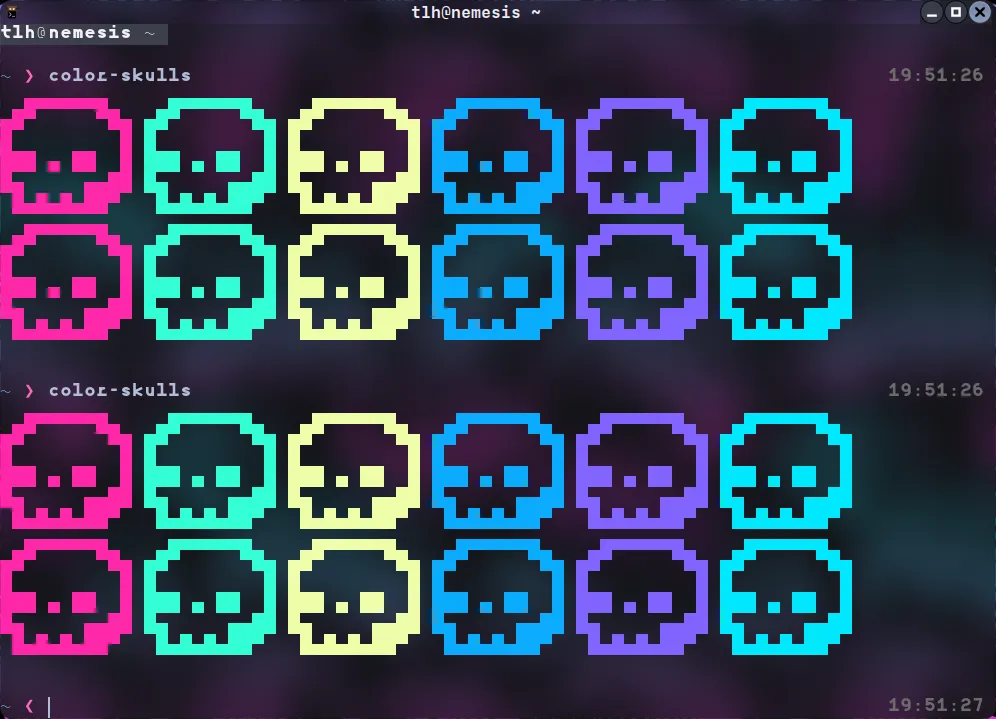Optimize Window Management in AwesomeWM

Switching between maximized and regular floating windows in AwesomeWM can sometimes disrupt your workflow, especially when you need to adjust the window size after unmaximizing it. Why not simplify this process by storing the window size and restoring it when switching back to the regular state? This guide will walk you through the process, making your AwesomeWM experience even smoother. Familiarity with AwesomeWM’s Lua implementation is assumed.
Your Path to Better Window Management
To begin, create a file in your AwesomeWM configuration directory. For most users, this directory is located at $HOME/.config/awesome. I’ve named this file remember-geometry.lua.
Start by requiring the necessary libraries:
local awful = require('awful')
local client = client
local tag = tag
local ipairs = ipairs
Next, let’s create a connection signal that will fire when a window changes its state to maximized:
client.connect_signal(
'maximize',
function(c)
-- Determine if it should be maximized
local max_h = c.maximized_horizontal
local max_v = c.maximized_vertical
local max = (not max_h and not max_v) or not (max_h and max_v)
c.remember_geometry.maximized_manual = max
c.maximized_horizontal = max
c.maximized_vertical = max
c.maximized = max
end
)
Now, it’s time to create the variables when the client is first created and forget them when the window ceases to exist:
client.connect_signal(
'manage',
function(c)
c.remember_geometry = {
floating_geometry = c:geometry(),
maximized_manual = false,
maximized_horizontal = c.maximized_horizontal,
maximized_vertical = c.maximized_vertical
}
end
)
client.connect_signal(
'unmanage',
function(c)
c.remember_geometry = nil
end
)
Let’s ensure these variables can access your client when it’s in a floating state, pass them along with the client’s remember_geometry function and link that to your layout property:
client.connect_signal(
'property::floating',
function(c)
if c.floating and c.remember_geometry then
c:geometry(c.remember_geometry.floating_geometry)
end
end
)
tag.connect_signal(
'property::layout',
function(t)
if t.layout == awful.layout.suit.floating then
for k, c in ipairs(t:clients()) do
c:geometry(c.remember_geometry.floating_geometry)
end
end
end
)
Additionally, let’s make sure the mouse can resize windows from a maximized state:
client.connect_signal(
'request::geometry',
function(c, context)
if context == 'mouse.resize' and not c.fullscreen then
c.maximized_horizontal = false
c.maximized_vertical = false
end
end
)
The final piece of the puzzle involves defining what we mean by fullscreen within this context:
client.connect_signal(
'property::fullscreen',
function(c)
if c.floating and not c.fullscreen then
c:geometry(c.remember_geometry.floating_geometry)
if c.remember_geometry.maximized_manual then
c.maximized_horizontal = true
c.maximized_vertical = true
end
end
end
)
With this configuration, you’ll enjoy a seamless experience when switching between maximized and floating windows in AwesomeWM. Your window management just got more convenient. Here’s the complete file for reference:
local awful = require('awful')
local client = client
local tag = tag
local ipairs = ipairs
client.connect_signal(
'maximize',
function(c)
local max_h = c.maximized_horizontal
local max_v = c.maximized_vertical
local max = (not max_h and not max_v) or not (max_h and max_v)
c.remember_geometry.maximized_manual = max
c.maximized_horizontal = max
c.maximized_vertical = max
c.maximized = max
end
)
client.connect_signal(
'manage',
function(c)
c.remember_geometry = {
floating_geometry = c:geometry(),
maximized_manual = false,
maximized_horizontal = c.maximized_horizontal,
maximized_vertical = c.maximized_vertical
}
end
)
client.connect_signal(
'unmanage',
function(c)
c.remember_geometry = nil
end
)
client.connect_signal(
'property::floating',
function(c)
if c.floating and c.remember_geometry then
c:geometry(c.remember_geometry.floating_geometry)
end
end
)
tag.connect_signal(
'property::layout',
function(t)
if t.layout == awful.layout.suit.floating then
for k, c in ipairs(t:clients()) do
c:geometry(c.remember_geometry.floating_geometry)
end
end
end
)
client.connect_signal(
'request::geometry',
function(c, context)
if context == 'mouse.resize' and not c.fullscreen then
c.maximized_horizontal = false
c.maximized_vertical = false
end
end
)
client.connect_signal(
'property::fullscreen',
function(c)
if c.floating and not c.fullscreen then
c:geometry(c.remember_geometry.floating_geometry)
if c.remember_geometry.maximized_manual then
c.maximized_horizontal = true
c.maximized_vertical = true
end
end
end
)
Want to enhance your AwesomeWM setup further? Learn about window geometry memory or discover the Vice color scheme for a complete desktop transformation.
Happy customizing!